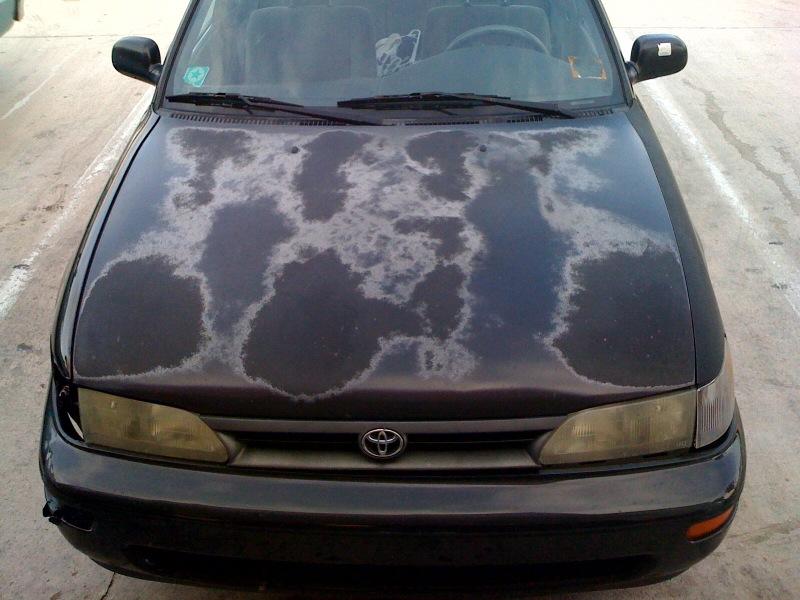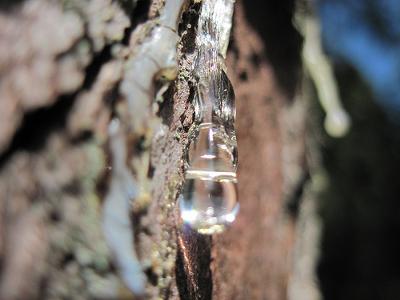Q
What's the worst day of the week to get your car serviced?
A
Friday afternoon after lunch, because the service department is trying to push out as many vehicles as possible. Maybe a car has been there since Monday waiting on parts. Maybe there are a few cars like that. Then people pour in around lunchtime wanting oil changes. And there are the cars there already with appointments, and everyone's in a rush to get it all done. Make an appointment for a Monday morning as early as possible. It's a lot more orderly, and they'll do a better job.
Q
So it's not necessarily more expensive, and they know more about your car. Any other reason?
A
Often times at Jiffy Lube or wherever they're paid by the hour, and they're not necessarily trained to know your vehicle. And that can cost you your engine. If I could get half of what I've charged customers to replace engines that were screwed up by Jiffy Lube and Walmart, for such things as not enough oil, too much oil, the wrong weight of oil, wrong filter, loose filter or any combination of the above, I could have retired a long time ago. There's no point to spending $30,000 to $40,000 on a new vehicle and then trying to go cheap on the maintenance.
Q
What's an example of a common tactic by dealers to pad the bill?
A
So-called shop supplies. That is, and always has been, the biggest crock of crap I've ever seen, and it's been going on for years! It is essentially similar to going to a nice restaurant, getting your check and finding you've been billed for napkins and silverware, which are necessary costs of the food service business. Shop supplies include, but are not limited to, shop rags, lubricants—this isn't the motor oil, transmission fluid, brake fluid and steering fluid they might put in your car—and the cost of disposing of used oil. These are just some of the necessary costs of doing the auto repair business. Some dealers do not charge for them, but most do, and what is considered shop supplies is at the discretion of each individual dealer. I've seen a customer get billed for $30 in shop supplies—on top of their estimate—for the use of three shop rags! For that price, I can buy 20 rolls of shop towels at Auto Zone.
Q
If you got a bill that had shop supplies on it, what would you do?
A
Ask to see exactly what that means. Ask to see the precise items they actually used. Challenge them on it. You might not get them to knock it off your bill, but you should try.
Q
You also said that dealer service departments too often recommend fluid flushes and replacements that aren't called for by the owner's manual. The dealers cite the "severe use" schedule that doesn't apply to the vast majority of us. Should drivers simply veto a service or fluid replacement that isn't recommended—in the owner's manual—under the normal or light-duty service requirements?
A
Yes, you should go by what the owner's manual recommends for normal use. And, yes, this is a common practice, and I hate to admit that. When I was a customer relations manager, I had a service manager who would [bate people into buying the fluid changes] by showing new fluid versus used fluid. She made more than I did just in flush commissions, but had the worst customer satisfaction surveys. I have always stuck to the manufacturer recommendations, and my Escape has over 310,000 miles on it. Less than five percent of drivers operate their cars under conditions that would be deemed "severe." The ones who do are usually taxi or pizza-delivery drivers, or those who frequently take their SUV or truck off-road.
Q
What's the single best piece of advice you'd offer to a friend about servicing his car at the dealer?
A
A dealer won't come right out and say it, but if you have your regular service work done at the dealer... (because warranty work pays the dealer a lot less than service work), your value to the dealership increases. Here's an example: Suppose your vehicle goes out of warranty and a week later you have a catastrophic failure. If you have shown loyalty to the dealership by using them for regular service work, they will be more inclined to help you—as opposed to the person who buys a car there and takes it somewhere else for regular service, and only brings it in for warranty work.
Q
So it's about building a relationship with the dealer?
A
Yes. You need to know that dealers make very little on car sales. And warranty service doesn't pay as much as regular maintenance. But if they see that record that you've been loyal to them, they'll likely be loyal to you.
Q
What's a sign that a dealership doesn't value that relationship?
A
Constant turnover at the service desk. You should get the name of the person at the desk. You should ask for him or her. If that person's different every time, it's not a good sign. Good auto service work starts with a relationship between the advisor and the customer, and that cannot be obtained when the customer sees a new advisor every time he comes in. I always knew the person's car, I pulled up its history, and that's something people appreciate. But if that person is new or is always changing, they don't know you or your car — stuff gets missed, and that's typically not good for you or your car.
Q
How come a dealer might charge you 30 percent more for a part than you can find it for at AutoZone?
A
It's one of the hang-ups I've always had about domestic automakers. You can often buy their parts cheaper at the auto parts store than you can at the dealership parts counter. And the dealer knows this, but he can't do anything about it. The problem is that even though that's true, the dealer doesn't want to install a part that he didn't source, because if it fails, how does he warranty it?
Q
So what do you do as the customer?
A
There's not a lot you can do. They can install the part if you went out and bought it, but most won't.
Q
Speaking of AutoZone, you can take your car there to have them read what a Check Engine light means. How accurate will that reading be?
A
Check Engine lights are big moneymakers for dealers and also the bane of a service manager's existence. Anyone can use a code reader. But what does the code mean? For every code there need to be additional diagnostics. I've had customers come in and tell me to swap some part, because they're sure it's the problem. But all that is is a really expensive guess. They might be right 10 to 20 percent of the time, close 20 percent of the time, and dead wrong 60 percent of the time. I had a customer go through six oxygen sensors when all it was was a shorted wire.
Q
What's the smartest thing you can buy from the dealer?
A
A brand-name extended service contract. So if you're buying a Ford, get a Ford contract. If it's a Toyota, buy the Toyota contract. The opposite is also true. Never buy the extended service contract that's generically offered through the dealer but isn't backed by the brand of car they sell.
Q
How come?
A
Because the people who fulfill the generic contracts are paid by how little service they have to do. So they fight the dealer on every penny. They'll want to see the entire labor record on the car. They won't want to pay for parts. They'll fight on the cost of the labor. In the end, the customer is going to have to eat some of that cost, even though the contract supposedly covers the car.
Q
What's a good reason to take your car to the dealer for routine maintenance, rather than to the guy with two bays and a private shop?
A
Let's use Ford as an example. If you own a Ford vehicle, the Ford dealership will have Ford-trained technicians who work on Ford vehicles 95 to 100 percent of the time. During that time they will use Ford resources and Ford training to repair your vehicle correctly, and (ideally) they take Ford classes and attend Ford schools to keep up on their knowledge. With the other guy, it's a tossup—he may work on two Fords one week and not see another for a month. Also, on regular maintenance it can sometimes be cheaper, not more expensive. To get an oil change and tire rotation where I live, the Ford dealer is $38.95 plus tax, and Sears wants $75.



























